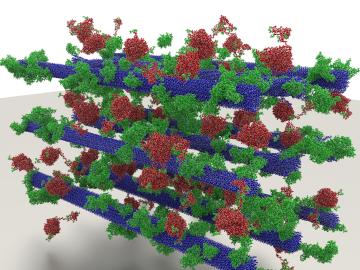Filter News
Area of Research
Media Contacts

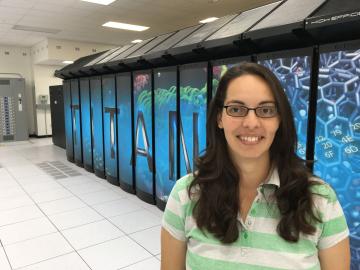
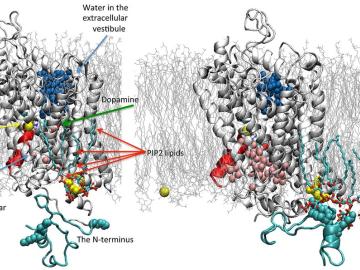
In an era of instant communication, perhaps no message-passing system is more underappreciated than the human body. Underlying each movement, each mood, each sight, sound, or smell, an army of specialized cells called neurons relays signals that register in the brain and connect us to our environment.
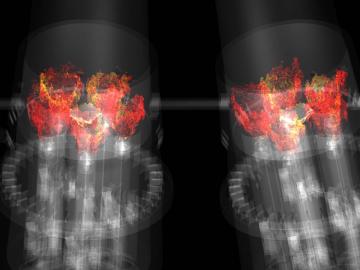
In the United States, the use of natural gas for electricity generation continues to grow. The driving forces behind this development? A boom in domestic natural gas production, historically low prices, and increased scrutiny over fossil fuels’ carbon emissions. Though coal still acco...

Four Oak Ridge National Laboratory researchers specializing in environmental, biological and computational science are among 49 recipients of Department of Energy's Office of Science Early Career Research Program awards. The Early Career Research Program, now in its ...
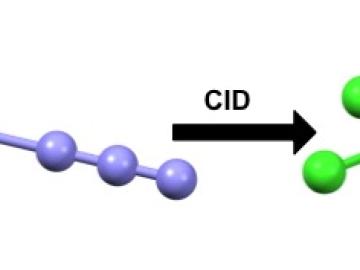
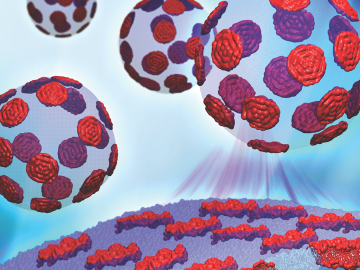
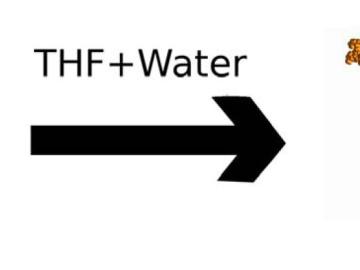
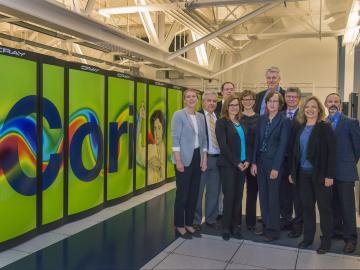
The Department of Energy’s Oak Ridge National Laboratory will support four new industry projects announced today as part of DOE’s High Performance Computing for Manufacturing (HPC4Mfg) Program. The program pairs selected companies with national labs, including ORNL...
